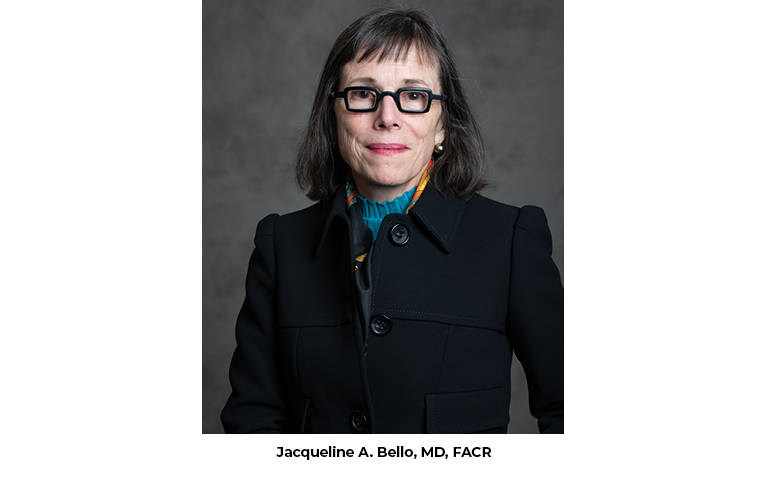D.H. Lawrence, the writer and poet, has been quoted as saying, “Ethics and equity and the principles of justice do not change with the calendar.” A fitting quote considering the times, when a pandemic has shed light on healthcare disparities and cast a long overdue call for health equity in our country.
We sometimes forget that while equality is a good thing (every individual or group of people is given the same resources or opportunities), equity is what we must strive for. Each individual or group must be offered tailored resources and opportunities to reach their optimal health outcome.
When it comes to health equity, intentions are not enough. As John F. Kennedy said in September 1960, “Efforts and courage are not enough without purpose and direction.” We must gain a better understanding of action needed to promote health equity at societal, community, and individual levels. We need to familiarize ourselves with ongoing health equity initiatives within organized medicine and radiology. The role that radiologists play in ensuring quality patient care in their communities must be one of leadership.
The Radiology Health Equity Coalition (RHEC) is bringing together the radiology community to address health disparities and measurably change outcomes. This mobilized network of patient-focused radiology organizations and radiologists will collect and disseminate resources and best practices, advocate for and connect with patients and community members, and collaborate on programs and services to empower others to act.
The ACR’s strategic plan has undergone review and revision that includes health equity — as it should. The strategic plan encompasses patient- and family-centered care, healthcare payment policy, data science and AI, member engagement, and building and strengthening external relationships Which one of these is not critical for health equity?
The RHEC, convened by the ACR, includes the American Association of Physicists in Medicine (AAPM), the ABR, the Association of University Radiologists, the RSNA, the Society of Chairs of Academic Radiology Departments, the Society of Interventional Radiology, the Society of Nuclear Medicine and Molecular Imaging, and the Radiology Section Councils of the AMA and the National Medical Association as core members, comprising its mobilization team. Coalition partners include the American Society of Neuroradiology, the RBMA, the Society of Breast Imaging, the SPR, and the Hawaii and Massachusetts state chapters of the ACR.
As radiology touches nearly every part of patient care, radiologists are uniquely positioned to spearhead efforts to address health disparities and accommodate diverse patient population needs.
The RHEC’s growth month after month relates to “strength in numbers.” In its unique role, the RHEC is able to leverage the areas of expertise of each of its member organizations to produce actionable results translating into improved health outcomes for all patients, regardless of ethnicity, socioeconomic status, care setting, or race. The full weight of the radiology profession will be needed to change policies and clinical practices that have allowed such disparities to persist.
As radiology touches nearly every part of patient care, radiologists are uniquely positioned to spearhead efforts to address health disparities and accommodate diverse patient population needs. I encourage all ACR members to pledge their commitment and action to advance this vital initiative. For more information on the RHEC, visit radhealthequity.org and commit to the cause. Taking inspiration from the playbook of the Olympic organizations, “We all win when everyone can get to their starting line.”

